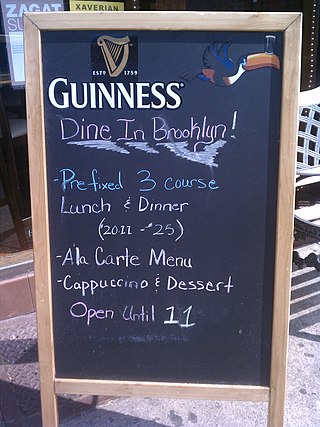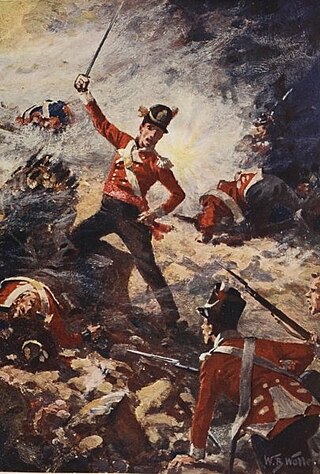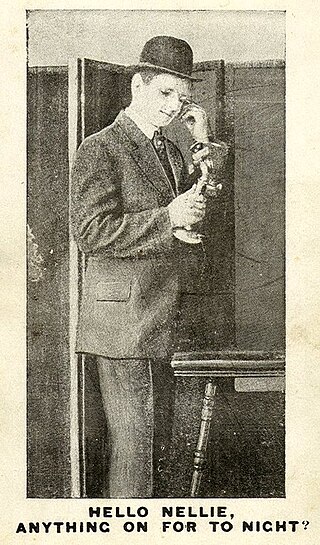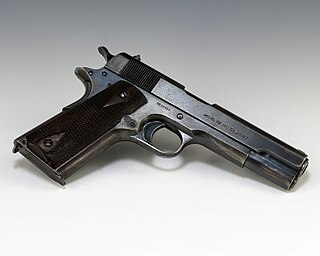
Angst is fear or anxiety. The dictionary definition for angst is a feeling of anxiety, apprehension, or insecurity.

A dungeon is a room or cell in which prisoners are held, especially underground. Dungeons are generally associated with medieval castles, though their association with torture probably derives more from the Renaissance period. An oubliette or bottle dungeon is a basement room which is accessible only from a hatch or hole in a high ceiling. Victims in oubliettes were often left to starve and dehydrate to death, making the practice akin to—and some say an actual variety of—immurement.

A bell tower is a tower that contains one or more bells, or that is designed to hold bells even if it has none. Such a tower commonly serves as part of a Christian church, and will contain church bells, but there are also many secular bell towers, often part of a municipal building, an educational establishment, or a tower built specifically to house a carillon. Church bell towers often incorporate clocks, and secular towers usually do, as a public service.
Folk etymology is a change in a word or phrase resulting from the replacement of an unfamiliar form by a more familiar one. The form or the meaning of an archaic, foreign, or otherwise unfamiliar word is reinterpreted as resembling more familiar words or morphemes.

In architecture, the dado is the lower part of a wall, below the dado rail and above the skirting board. The word is borrowed from Italian meaning "dice" or "cube", and refers to "die", an architectural term for the middle section of a pedestal or plinth.

An eggcorn is the alteration of a phrase through the mishearing or reinterpretation of one or more of its elements, creating a new phrase having a different meaning from the original but which still makes sense and is plausible when used in the same context. The word "eggcorn" is itself an eggcorn, derived from acorn. Eggcorns often arise as people attempt to make sense of a stock phrase that uses a term unfamiliar to them, as for example replacing "Alzheimer's disease" with "old-timers' disease", or William Shakespeare's "to the manner born" with "to the manor born".

A forlorn hope is a band of soldiers or other combatants chosen to take the vanguard in a military operation, such as a suicidal assault through the kill zone of a defended position, or the first men to climb a scaling ladder against a defended fortification, or a rearguard, to be expended to save a retreating army, where the risk of casualties is high. Such men were volunteers motivated by the promise of reward or promotion, or men under punishment offered pardon for their offenses, if they survived.
Dominus is the Latin word for master or owner. Dominus saw use as a Roman imperial title. It was also the Latin title of the feudal, superior and mesne, lords, and an ecclesiastical and academic title. The ecclesiastical title was rendered through the French sieure in English as sir, making it a common prefix for parsons before the Reformation, as in Sir Hugh Evans in Shakespeare's Merry Wives of Windsor. Its shortened form Dom remains used as a prefix of honor for ecclesiastics of the Catholic Church, and especially for members of the Benedictine and other religious orders. The title was formerly also used as is, Dominus, for a Bachelor of Arts.

Hello is a salutation or greeting in the English language. It is first attested in writing from 1826.

The Old Town Hall of Lo is a historic landmark in the municipality of Lo-Reninge, in the Belgian province of West Flanders. Formerly the seat of the municipal government, the building is now a hotel and restaurant.

A pistol is a type of handgun. The word "pistol" first appeared in English c. 1570, when early handguns were produced in Europe, and is derived from the Middle French pistolet, meaning a small gun or knife. In colloquial usage, the word "pistol" is often used to describe any type of handgun, inclusive of revolvers and the pocket-sized derringers.
In the lineal kinship system used in the English-speaking world, a niece or nephew is a child of an individual's sibling or sibling-in-law. A niece is female and a nephew is male, and they would call their parents' siblings aunt or uncle. The gender-neutral term nibling has been used in place of the common terms, especially in specialist literature.

The Grand-Place is the main square and the centre of activity of Tournai, Hainaut, Belgium. The square has a triangular shape, owing it to the convergence of several ancient paths, and it covers 7,500 m2 (81,000 sq ft).













